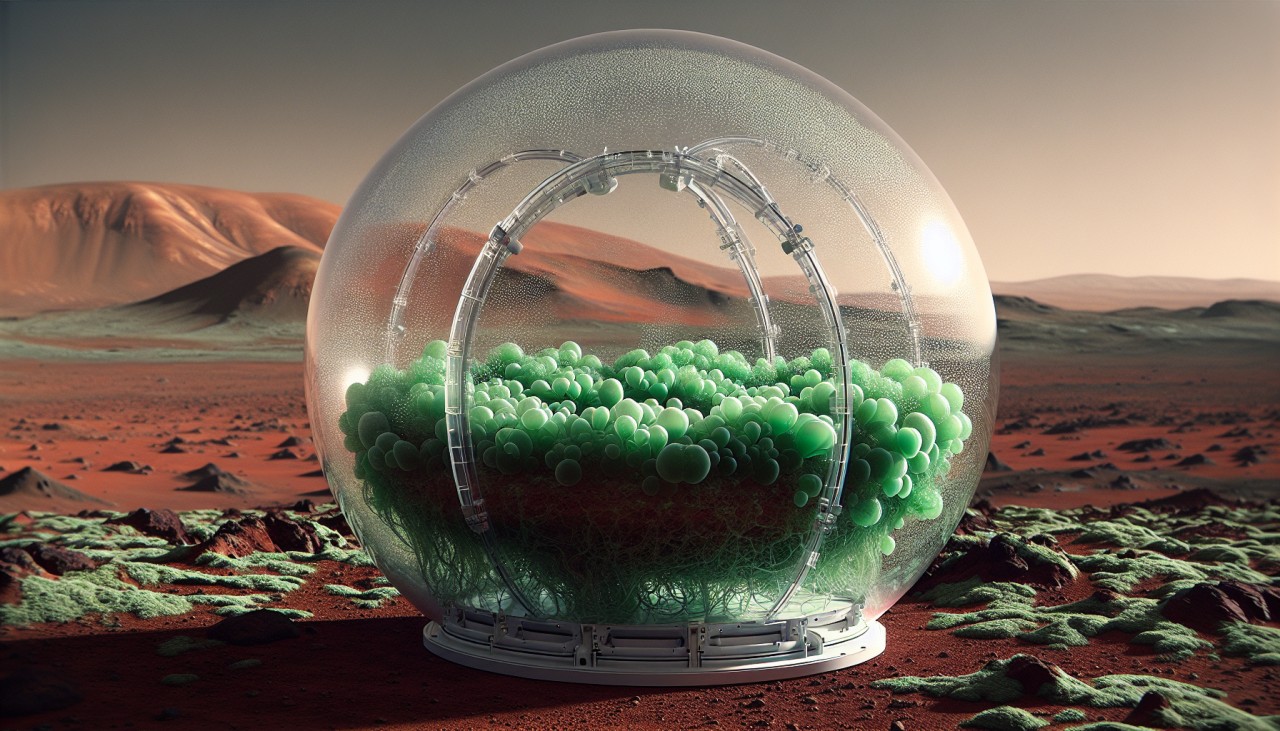


In a groundbreaking study, researchers at Harvard's John A. Paulson School of Engineering and Applied Sciences have explored the use of bioplastics to construct sustainable habitats on Mars. By recreating the thin Martian atmosphere in laboratory conditions, the team successfully grew green algae inside shelters made from polylactic acid (PLA), a bioplastic derived from algae. These algae thrived under pressures over 100 times lower than Earth's atmosphere, demonstrating the viability of using bioplastics as building materials in extraterrestrial environments. The bioplastic structures not only provided protection against harmful UV radiation but also allowed sufficient light for photosynthesis, highlighting the potential for closed-loop, self-sustaining habitats on Mars. seas.harvard.edu
This innovative approach offers a sustainable alternative to traditional construction methods, which often rely on transporting materials from Earth—a costly and logistically challenging endeavor. By utilizing bioplastics and local resources, such as Martian regolith, future habitats could be built with minimal reliance on Earth-based supplies. The success of this experiment paves the way for developing habitats that are not only functional but also environmentally friendly, aligning with the principles of sustainability and resource efficiency. As space exploration progresses, such advancements could play a crucial role in establishing long-term human presence on Mars and other celestial bodies. seas.harvard.edu